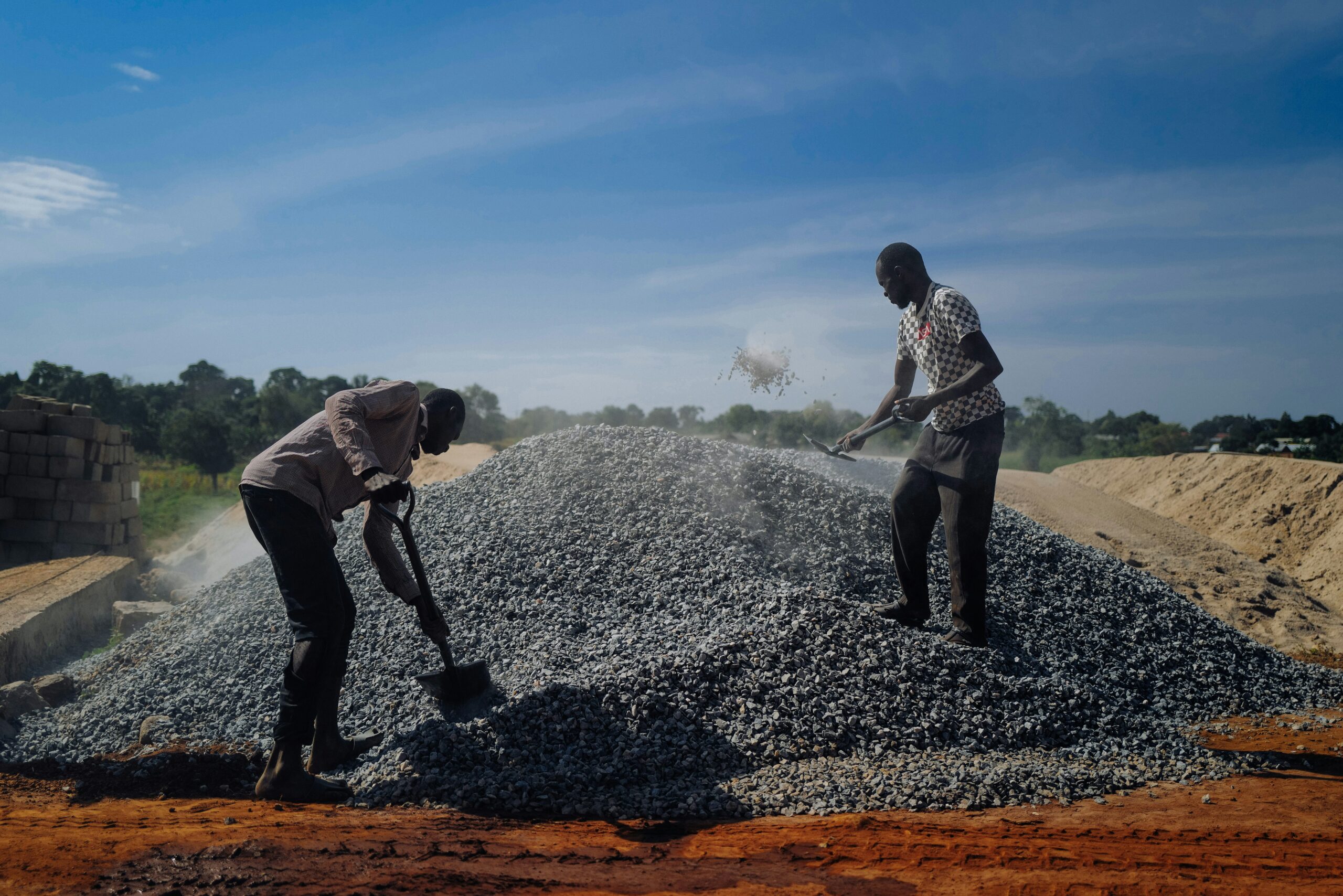By Kameron Billings
Most Americans likely have the same base concept of slavery; the word evokes a brutal history of treating populations like chattel, to be bought and sold as free labor for cruel plantation owners.
When I joined the Center for Global Justice, I expected human trafficking to be similar in the modern day: people taken from their homes and traded on a dark market outside of the law, trafficked for nefarious purposes in sweatshops or the sex industry. While that is certainly the case in much of the world, in my research for the Center, I was introduced to a different sort of human trafficking that preys on one of humanity’s most important virtues: hope.

Debt bondage, also referred to as bonded labor, begins with a promise. Typically, a large, attractive sum and a place to live will be offered to the potential debtor up front in exchange for the promise to simply come work. The lender then applies astronomical interest rates to that initial sum and traps the debtor by deducting living expenses from the debtor’s wages until they dwindle to virtually nothing.
The victims of debt bondage are frequently those who have no other options. Thousands of migrants seek refuge from homes ravaged by conflict; they’re already abandoning everything they’ve known just to keep their lives, but who will they owe on the other side? To the lender, a family is both leverage against the debtor and another source of labor. As a result, the families of initial victims of debt bondage, including the debtor’s young children, enter into bonded labor. Some workers do not take out a debt at all; it’s estimated that millions of workers in South Asia work to pay off the debts of their ancestors.
Using the lending process creates a false veil of legitimacy over blatant fraud and exploitation, and such use permits traffickers to abuse the law. The vast scale of these vile practices makes the research and vigilance of organizations like the Center for Global Justice vital to aiding the downtrodden. Through the Center, we take action against and strive to remedy the subversion of hope that comes from bonded labor and herald a hope for justice in its place.
This post was written by a Center for Global Justice student staff member. The views expressed in this post do not necessarily reflect those of Regent University, Regent Law School, or the Center for Global Justice.

